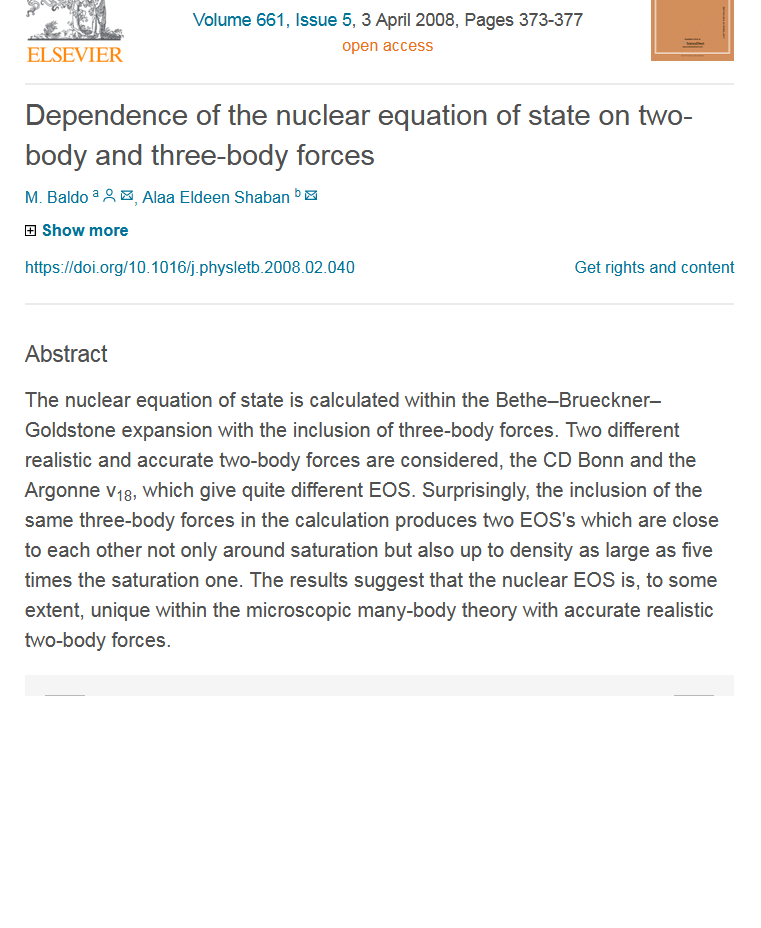The nuclear equation of state is calculated within the Bethe–Brueckner–Goldstone expansion with the inclusion of three-body forces. Two different realistic and accurate two-body forces are considered, the CD Bonn and the Argonne v18, which give quite different EOS. Surprisingly, the inclusion of the same three-body forces in the calculation produces two EOS's which are close to each other not only around saturation but also up to density as large as five times the saturation one. The results suggest that the nuclear EOS is, to some extent, unique within the microscopic many-body theory with accurate realistic two-body forces.


